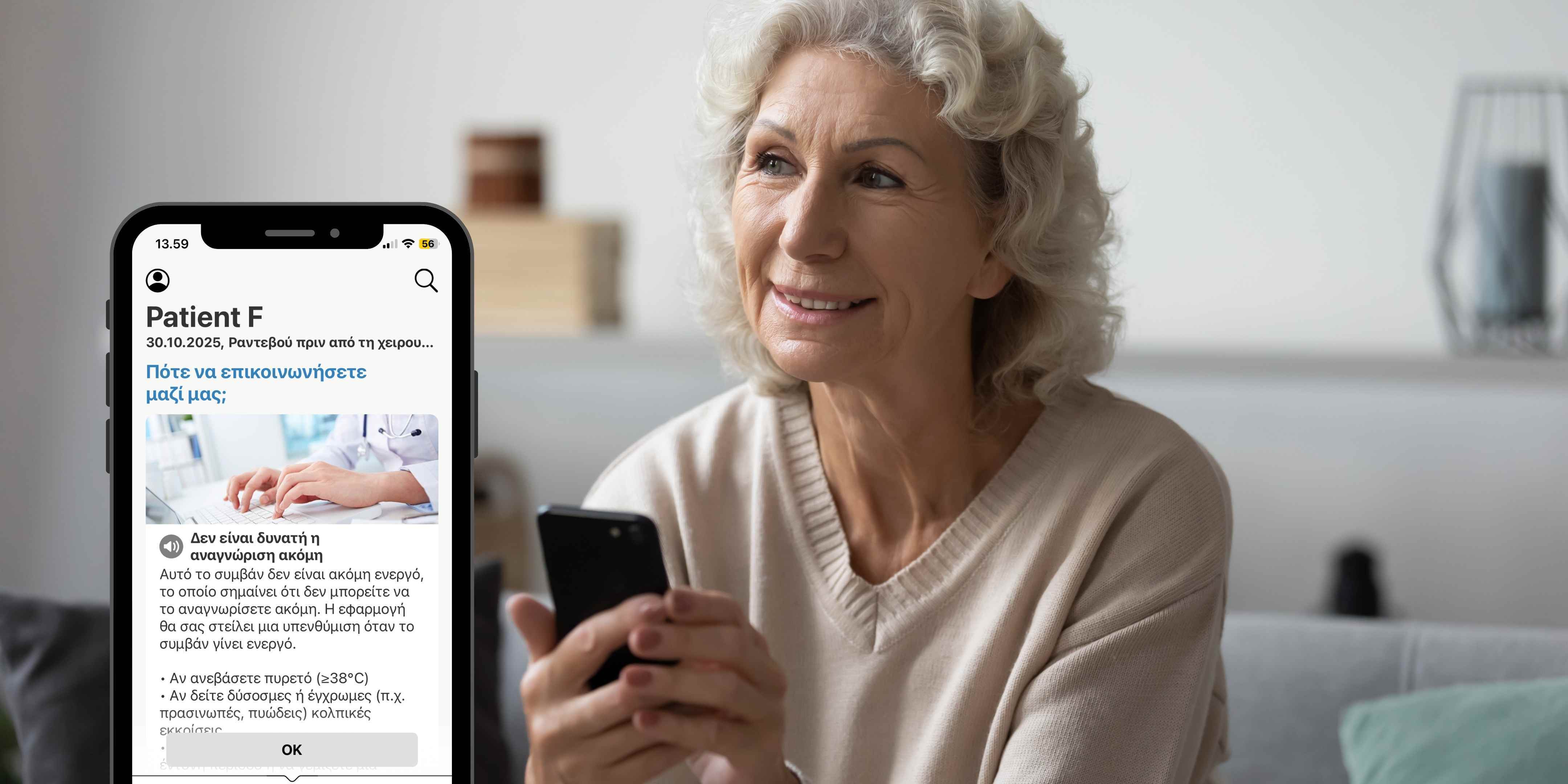In February 2023, the staggering number of 7.2 million patients were waiting for treatment in England, with waiting times exceeding 52 weeks. The COVID-19 pandemic has significantly impacted the waiting list for planned elective NHS treatment, more than doubling its size since its onset. As a result, Integrated Care Systems (ICSs) have been tasked with delivering virtual ward capacity equivalent to 40 to 50 virtual ward "beds" per 100,000 population by December 2023, which amounts to approximately 24,000 virtual ward beds.
To address the growing elective care and surgery backlog, digital solutions have emerged as a crucial tool. Through technology, we can make care available everywhere without limiting it to physical locations. One such solution to support tackling the backlog is the implementation of virtual wards, enabling earlier discharge for surgery patients while ensuring their continued monitoring and care at home. By leveraging these virtual wards, hospitals can free up beds and increase their capacity, thereby alleviating the strain on resources caused by the backlog.
One key aspect of virtual wards is the provision of automated postoperative education. After surgery, patients require guidance and support to effectively follow their recovery plan at home. This involves the timely delivery of rehabilitation exercises and instructions. Buddy Healthcare's care coordination platform offers automated patient education, allowing patients to access recovery program materials directly from their mobile devices. These educational materials can be presented in various formats, including text, videos, images, and questionnaires, ensuring patients comprehensively understand their treatment plan. Moreover, the platform sends push notifications to remind patients about incomplete tasks, promoting adherence to their recovery routines.
Monitoring patients' postoperative well-being is another vital aspect of virtual wards. Historically, hospitals didn’t have the proper tools to stay connected with patients after discharge. In many cases, this has prevented early discharge. In today’s digital age, it's possible to discharge patients earlier because modern hospitals can stay connected with patients after they leave the hospital by utilising digital tools and enabling virtual wards.
How can this happen? Patients can provide real-time updates on their recovery progress and well-being through automated questionnaires, including pain levels, vital signs, PROMs (Patient-Reported Outcome Measures) and other relevant data. This data collection process offers valuable insights to the clinical team, enabling them to remotely assess patients' overall well-being. By continuously monitoring patients from the comfort of their homes, clinical teams can identify potential issues promptly and intervene as necessary. By capturing and visualising patients’ submitted questionnaires such as PROMs, QoL, pain meter and vital signs, the clinical teams can react and act earlier on deterioration. This can reduce the costly readmissions to hospitals and additionally help in keeping the beds free for new patients. Buddy Healthcare’s platform enables patients and clinical teams to send two-way messages, forming an effortless communication link between home and hospital.
The benefits of virtual wards extend beyond reducing the surgery backlog. They offer patients the opportunity to recover in familiar surroundings, which can contribute to their overall well-being and satisfaction. By combining automated postoperative education, data capture, and patient monitoring, Buddy Healthcare's care coordination platform facilitates a seamless transition from inpatient to virtual ward care, promoting patient safety and satisfaction.
Implementing postoperative virtual wards through Buddy Healthcare's care coordination platform is a powerful solution to address the surgery backlog and alleviate the strain on healthcare resources and staff shortages. By embracing these digital innovations, hospitals can achieve earlier patient discharges, increase their capacity, avoid readmissions and provide patients with high-quality care in the comfort of their homes. As the demand for elective surgeries continues to rise, healthcare providers must leverage technology to optimise resources and prioritise patient well-being. Together, we can overcome the challenges the backlog poses and ensure timely access to the care patients desperately need.



